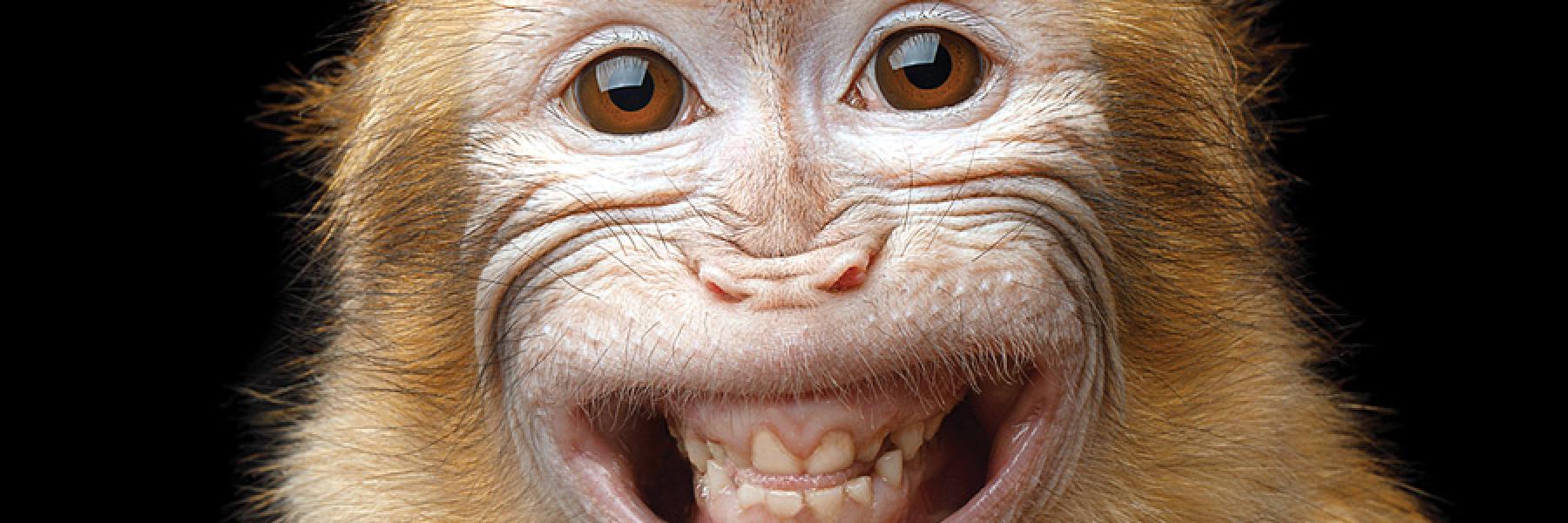A long-acting form of cabotegravir, an HIV drug being studied for HIV treatment and prevention, showed over 93% effectiveness in protecting monkeys against repeated penile SHIV (the simian version of HIV) exposures over 12 weeks, according to a study presented at CROI 2018 in Boston.
Cabotegravir is being studied in a long-acting injectable form, for monthly injections. The LATTE-2 study showed that a monthly or bimonthly injection was able to keep viral loads undetectable in HIV-positive men, for up to 96 weeks. Additionally, early results from the ECLAIR study showed that injectable cabotegravir as long-acting PrEP (pre-exposure prophylaxis) in HIV-negative men is safe and well tolerated.
Previous animal studies have shown that long-acting cabotegravir protects monkeys against SHIV after vaginal, rectal, or intravenous exposures. In this study, the researchers set out to find out whether long-acting cabotegravir could be effective against penile transmission, which accounts for nearly half of all HIV infections globally. The foreskin, glans, and urethra are all possible points of transmission for HIV. The researchers also wanted to know whether the antiretroviral drug was distributed effectively to penile tissue.
The researchers first prepared a study model to compare long-acting cabotegravir to tenofovir DF/emtricabine, by using oral PrEP.
They first started six macaques on daily Truvada (tenofovir/emtricitabine—the standard oral PrEP regimen in humans). They then exposed the monkeys to SHIV once a week for 12 weeks, followed by 20 weeks of no drugs. The researchers exposed the monkeys to SHIV via inoculation by administering low doses of SHIV directly into the foreskin pouch and urethra.
A control group of eight monkeys received a placebo. It took a median of two exposures for 50% of the monkeys in the control group to become infected, with a minimum of one exposure and maximum of 12 to infect all the controls. Meanwhile, in the monkeys who received oral PrEP, five out of six remained SHIV-negative after 12 exposures, as well as during the 20-week follow-up period. This translated into 92.6% effectiveness. These results were consistent with vaginal and rectal SHIV data, as well as data shown in heterosexual men, the researchers noted.
After completing this model, the researchers moved on to test whether long-acting cabotegravir is effective at preventing penile SHIV transmission.
For this portion of the study, six macaques received three monthly intramuscular infections of long-acting cabotegravir, which was enough to maintain cabotegravir levels in their blood that were four times IC90 (or the level needed to suppress 90% of HIV replication). This time the control group consisted of 10 monkeys. Once again, it took a median of two exposures for 50% of the monkeys in this control group to become infected, and by week 12 all the control monkeys became SHIV-positive.
For the monkeys that received injections of long-acting cabotegravir, five out of six were protected throughout the 12-week exposure phase, as well as through the 20-week follow-up period. The one monkey who became SHIV-positive became infected very late toward the end of the 12-week exposure phase. Nevertheless, this translated into an estimated efficacy of about 93.2%, which was a statistically significant finding.
The researchers analyzed blood samples and confirmed that the five monkeys who were protected with long-acting cabotegravir had high enough drug levels in their blood throughout the exposure phase to protect against penile SHIV transmission. In the one monkey who became infected, the researchers saw several occasions of cabotegravir levels dipping below protective levels, including one week prior to becoming positive.
The researchers also analyzed blood, bodily fluids, and penile tissues to get a better understanding of the drug levels at the acquisition site. They found that drug levels were above four times IC90 for urethra and foreskin fluids, as well as in rectal fluids and blood. Additionally, the drug levels were also high in foreskin, urethra, and glans tissues, which were similar to rectal tissue. These findings demonstrated active cabotegravir drug distribution in the penile sites of acquisition, and supported long-acting cabotegravir’s effectiveness in protecting against penile SHIV transmission.
Lead researcher Charles Dobard, Ph.D., noted that the one monkey that did become SHIV-positive in the long-acting cabotegravir group was the smallest of the group, and speculated that perhaps its pharmacokinetics (the way the body reacts to a drug) changed simply because of its body weight.
Dobard noted that his team is currently studying long-acting cabotegravir protection against SHIV exposure to foreskin only or urethra only.
While the study does show a lot of promise for long-acting cabotegravir as PrEP, one of the limitations is that the researchers used as little contact as possible to administer low doses of SHIV to the foreskin and urethra. However, in the real world, sex obviously is not no-touch, so whether this model is a good simulation of reality, Dobard does not know.
In the end, the study results showing high efficacy supported further research of long-acting cabotegravir as PrEP for men.


